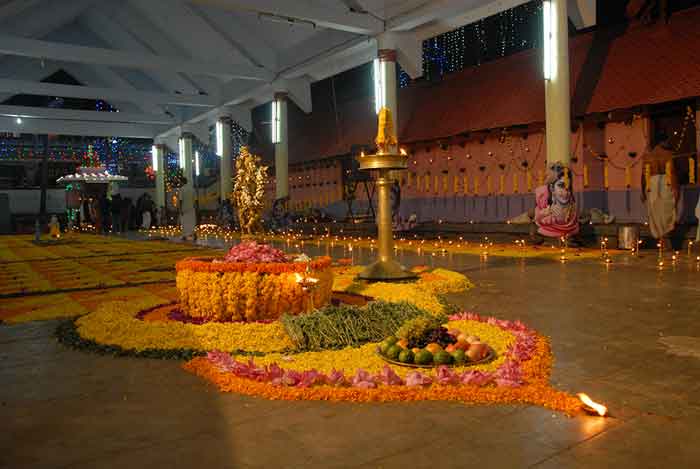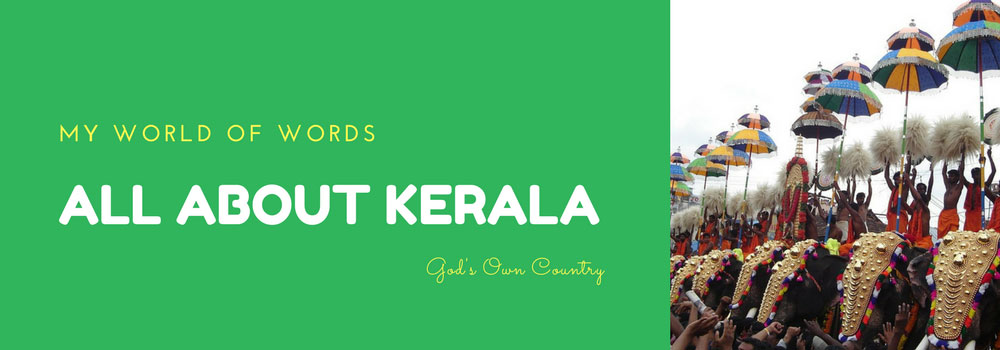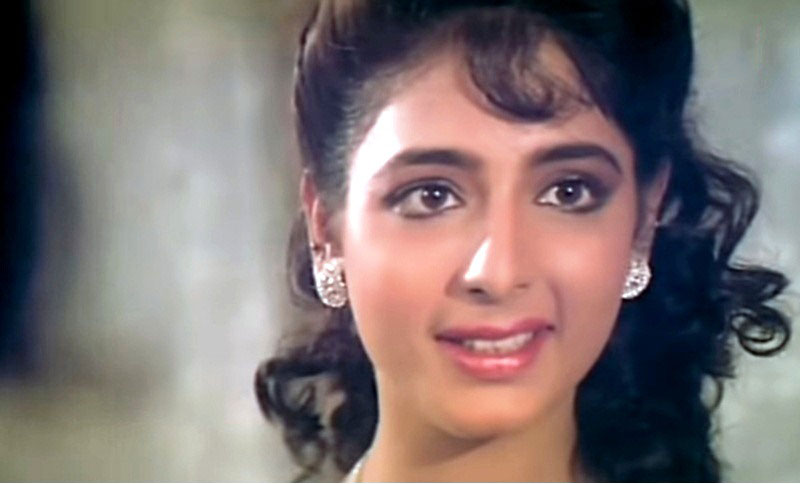1500 Years of Devotion: Exploring Malayinkeezhu Sreekrishna Swami Temple
Have you heard about the Sreekrishna Swamy Temple in Malayinkeezhu, Thiruvananthapuram district, which is over 1500 years old? The Malayinkeezhu Sreekrishna Swamy Temple, which comes under the Neyyattinkara group of the Travancore Devaswom Board, is located about 15 kilometers east of the city limits of Thiruvananthapuram, along the Kattakada route. This Krishna temple is situated in the serene village of Malayinkeezhu, nestled in the valley between two hills locally known as Mankunnu Mala and Ellu Mala.

Connection with the Kannassas
The association between the Kannassa poets and Malayinkeezhu is quite well known. This is the land that witnessed the creation of the Kannassa Geetha (Bhasha Bhagavath Geeta). There is a belief that Madhava Panikkar, one of the Kannassa poets, composed the Bhagavad Gita in the local language while residing at the temple tower. It is also said that he worshipped Krishna adorned with a peacock feather, while composing his poetic works.
The Blessing of Balakrishna Shining Eastward
Lord Sreekrishna stands facing east here, in the form of Balakrishna (infant Krishna). There is a pond located on the northern side of the temple. It is believed that the Panchaloha (five-metal) idol from Thiruvallam was brought here and consecrated. Because of this connection, the deity is also known by the name Thiruvallazhappan, which means “the Lord from Thiruvallam.”
It is also believed that in ancient times, the Malayinkeezhu temple was a subordinate shrine of the Thiruvallam temple, and that it once belonged to the ten illams (Brahmin households) of Thiruvallam. The Krishna who resides here in his childhood form is accompanied by several sub-deities: Lord Shiva, Lord Ganapathi, Lord Ayyappa (Shastha), serpent deities (Nagas), and Brahmarakshas (a fierce guardian spirit).
It is said that in the past, some members of the royal family (Kazhakakkar) developed hostility toward a person who served as the Shanthikaran (temple priest) here. As enmity grew, it is believed that he was eventually killed at their hands. Following his untimely and tragic death, the soul of this Shanthikaran was consecrated at the temple in the form of a Brahmarakshas (a guardian spirit of someone who died unjustly). To this day, he remains in the temple premises as one of the sub-deities (Upa Devatas). Also read: Chocherikunnu Sree Subramanya Swami Temple Thrissur is known as Kerala Palani
Women are not allowed to enter the Nalambalam (inner sanctum area) of this temple.
There is a story behind this tradition. The Swamiyar, who was one of the six Desapathi Swamiyars and the spiritual head of the region, used to perform rituals and worship at the Malayinkeezhu temple. He was a Naishtika Brahmachari (a lifelong celibate). Due to this reason, women were not permitted to enter the temple’s inner sanctum.
However, many years ago, a devout woman, an ardent devotee of Lord Krishna, entered the Nalambalam by violating the traditional customs. It is said that she never returned after entering. The elders believe she merged with the Lord himself. This incident is believed to be the reason why, even today, women are not allowed inside the Nalambalam of the temple.
Temple Festival and Aarattu in the Month of Meenam (March–April)

The temple opens every day. Special pujas are conducted on Thursdays. The temple usually opens for devotees early in the morning around 5:30 to 6:00 AM. After the uchapooja (noon rituals), like most other temples, it closes by around 12:00 PM. In the evening, it reopens around 4:30 PM and closes again by around 8:30 PM after the daily rituals. During festivals, there might be slight variations in this schedule.
The temple festival is held in the Malayalam month of Meenam. The celebrations last for eight days. The Aarattu (holy bath of the deity’s idol) takes place on the day of Thiruvonam. The Aarattu is conducted in a pond located near the Kuzhakkadu Devi Temple, about two kilometers away. The procession, which includes elephants and Panchavadyam (traditional temple orchestra), is a grand spectacle.
There is an interesting legend behind this Aarattu procession. It is believed that Lord Krishna visits the Devi Temple with the desire of marriage. However, as the wish remains unfulfilled, Krishna returns to his temple—this forms the mythological basis of the ritual procession.
Read the post in Malayalam: മലയിൻകീഴ് ശ്രീകൃഷ്ണസ്വാമി ക്ഷേത്രം: ആചാരങ്ങളും ഐതിഹ്യങ്ങളും














Recent Comments